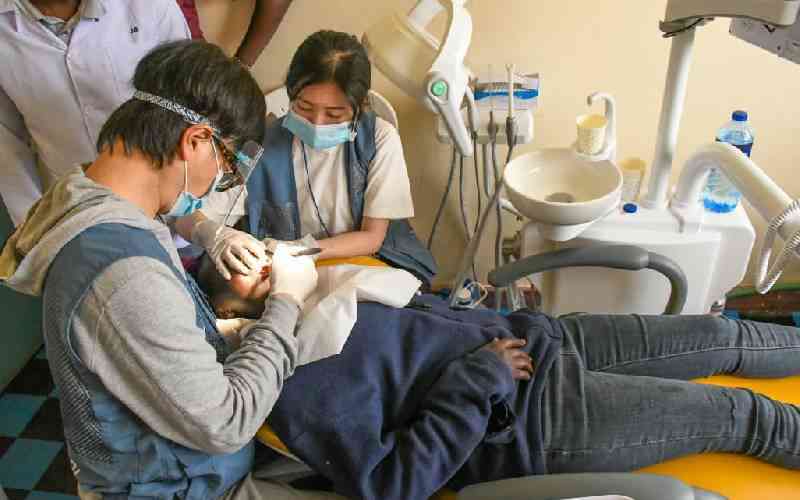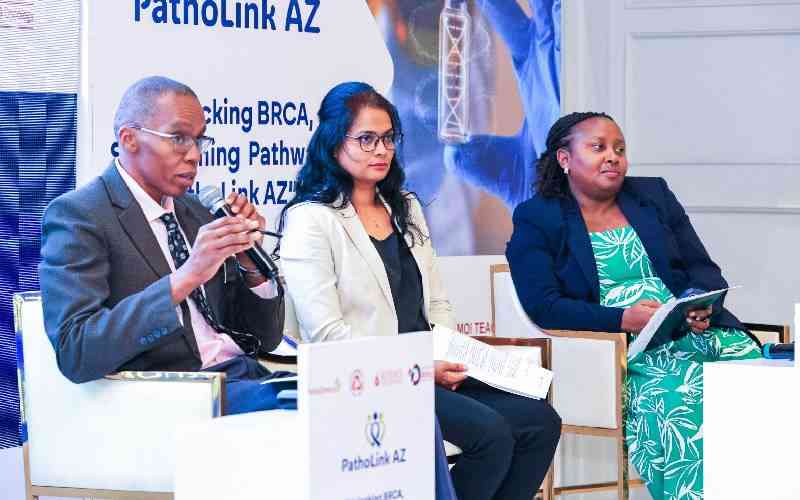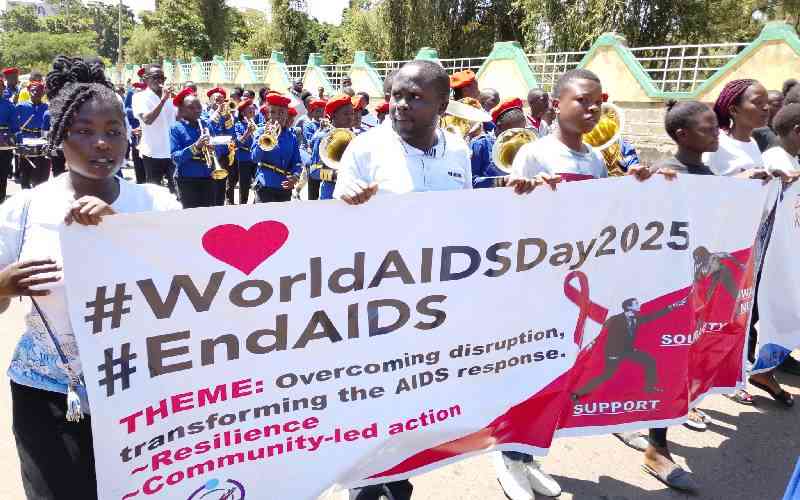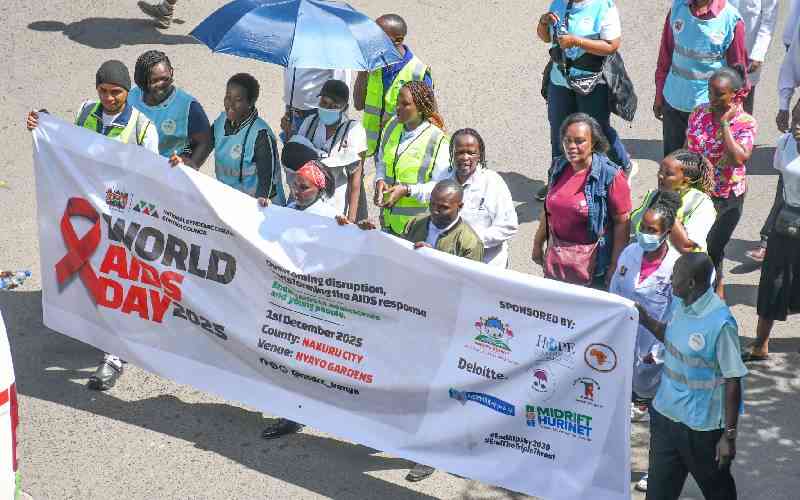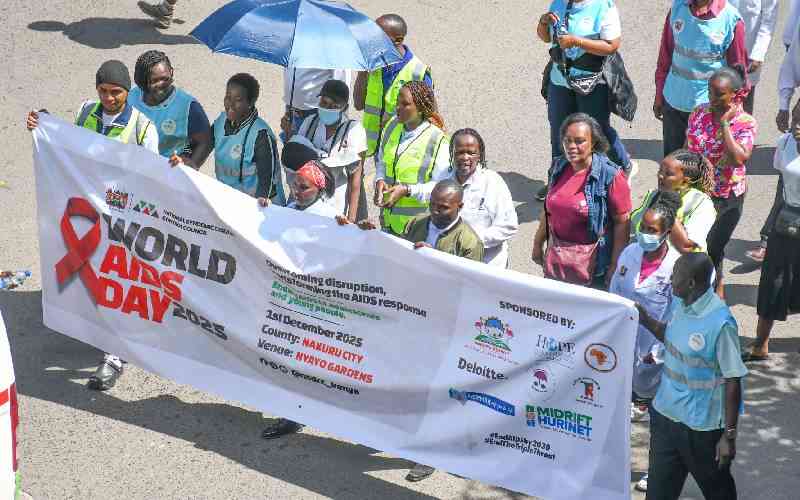
Hearing loss is one of the world’s most prevalent chronic conditions, affecting people of all ages. It interferes with how we communicate, connect and interact. While many cases are preventable or treatable, lack of awareness and access to timely care remain a challenge.
Hearing loss occurs when one or more parts of the ear fail to function properly. Dr Peter Ochungo, an Ear, Nose and Throat (ENT), Head and Neck Specialist, says the commonest causes of hearing loss include exposure to very loud noises, trauma to the head or ear, fluid build-up in the middle ear, infections and certain medicines. He also explains that “birth defects and genetic causes can lead to progressive hearing loss.”
Hearing loss is broadly categorised into three types: conductive, sensorineural and mixed. Conductive hearing loss arises when something blocks or impairs sound from reaching the inner ear. “Wax impaction, eardrum perforation or middle ear infections like otitis media are common culprits,” says Dr Ochungo.
Sensorineural hearing loss occurs due to damage in the cochlear nerve or brain processing centres. It is often permanent. The third type, mixed hearing loss, is a combination of both.
According to the World Health Organisation (WHO), over 430 million people worldwide have disabling hearing loss, and this number could rise to 700 million by 2050. “In Kenya, an estimated 14 in every 1,000 people have moderate to severe hearing loss,” notes Dr Ochungo. “This represents around 11.8 per cent of all persons with disabilities.” Alarmingly, more young people are being affected due to modern lifestyles that involve high exposure to loud sounds.
Even babies can be affected. Some are born deaf, while others experience hearing loss later. Prof Ruth Nduati, a paediatrician, explains that “two to three out of every 1,000 births have sensorineural hearing loss (SNHL), and risk factors include low birth weight, craniofacial abnormalities, birth asphyxia (lack of oxygen during birth), severe jaundice, infections like cytomegalovirus or exposure to ototoxic drugs.”
“About 50 per cent of these cases are due to non-hereditary causes, like perinatal injuries or infections, while the rest are genetic, including over 400 known mutations,” Prof Nduati adds. There are many other risk factors, including genetics, premature birth, neonatal illness, unsafe listening habits, workplace or city noise, ageing and unregulated use of certain drugs.
- Soundless journeys: How Kenyans with hearing loss fight to be heard
- Break the silence: Normalise hearing health care
- Silent no more: Doctors help patients hear again after years of chronic pain
- Shortage of ENT surgeons deepens country's hearing loss crisis, experts warn
Keep Reading
Early signs of hearing loss vary. In children, speech delays, failing to follow instructions or turning up the volume can be red flags. “Parents may miss the signs because deaf children can appear visually alert and responsive,” says Prof Nduati. In adults, symptoms include increasing device volumes, social isolation, ringing in the ears and trouble understanding words.
Detection methods range from clinical tests like tuning fork assessments to advanced diagnostics such as tympanometry (checks how the eardrum moves) and pure tone audiometry (tests how well you hear different sounds). For newborns, there are special tests that check how the brain and ear respond to sound.
Prevention plays a crucial role. “Limit exposure to loud noise. Follow the 85-decibel rule. If you have to shout to be heard from two metres away, it’s likely too loud,” advises Dr Ochungo. Other preventive measures include regular hearing check-ups, avoiding ototoxic drugs and not inserting objects like cotton buds into children’s ears.
For children, Prof Nduati recommends exclusive breastfeeding during the first six months and timely treatment of infections. “Breastfeeding not only protects against infections but also facilitates drainage of middle ear fluid, a key factor in preventing conductive hearing loss,” she says. Vaccinations against measles, mumps, rubella and meningitis also reduce risks significantly.
While some hearing loss is irreversible, many forms, especially conductive types, are treatable. Joseph Kioko, an ENT clinician, says, “Conditions like otitis media (middle ear infections), tympanic membrane perforation (holes in the eardrum), or Eustachian tube dysfunction (blocked ear tubes) can be treated using antibiotics, surgery or hearing devices.” Kioko adds, “If diagnosed early enough, the outcome is often good.”
Technological advances have made hearing aids, cochlear implants and bone-anchored hearing devices available but access is uneven. “Urban patients may get hearing aids, but many in rural areas cannot afford them,” says Kioko. “Cochlear implants are offered in public hospitals and by international partners, but due to the high cost, many children miss out.”
Untreated hearing loss can result in profound complications. “Delayed diagnosis may lead to speech and cognitive development delays, poor academic performance and even social withdrawal,” warns Dr Ochungo.
In children, the consequences can be lifelong. “Hearing deficit in childhood may have a permanent adverse impact,” says Prof Nduati.
To reduce the burden, experts are calling for more public education, newborn screening, access to hearing devices and trained audiologists. Regular hearing tests, early intervention and noise protection could go a long way in preventing this often silent but life-altering condition.
 The Standard Group Plc is a multi-media organization with investments in media
platforms spanning newspaper print
operations, television, radio broadcasting, digital and online services. The
Standard Group is recognized as a
leading multi-media house in Kenya with a key influence in matters of national
and international interest.
The Standard Group Plc is a multi-media organization with investments in media
platforms spanning newspaper print
operations, television, radio broadcasting, digital and online services. The
Standard Group is recognized as a
leading multi-media house in Kenya with a key influence in matters of national
and international interest.


